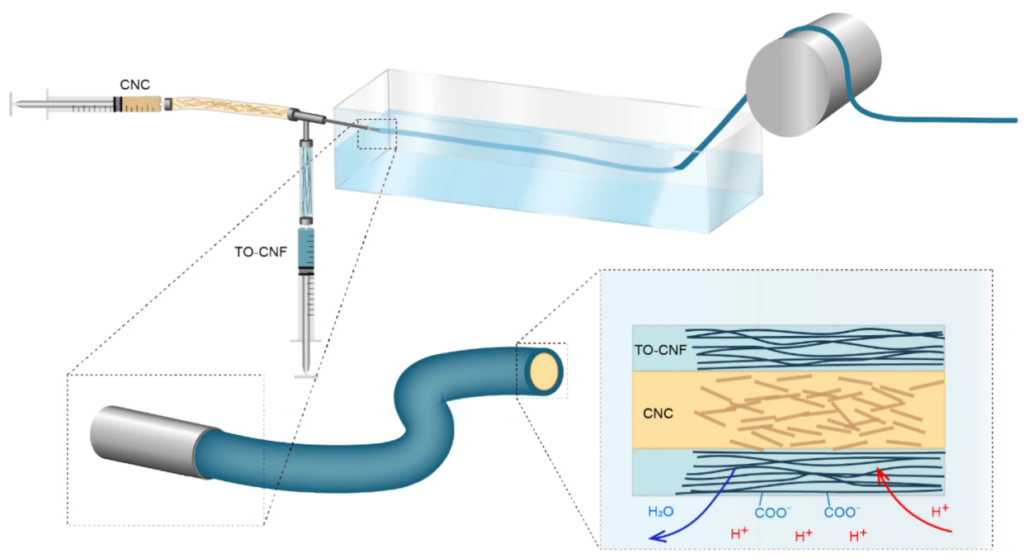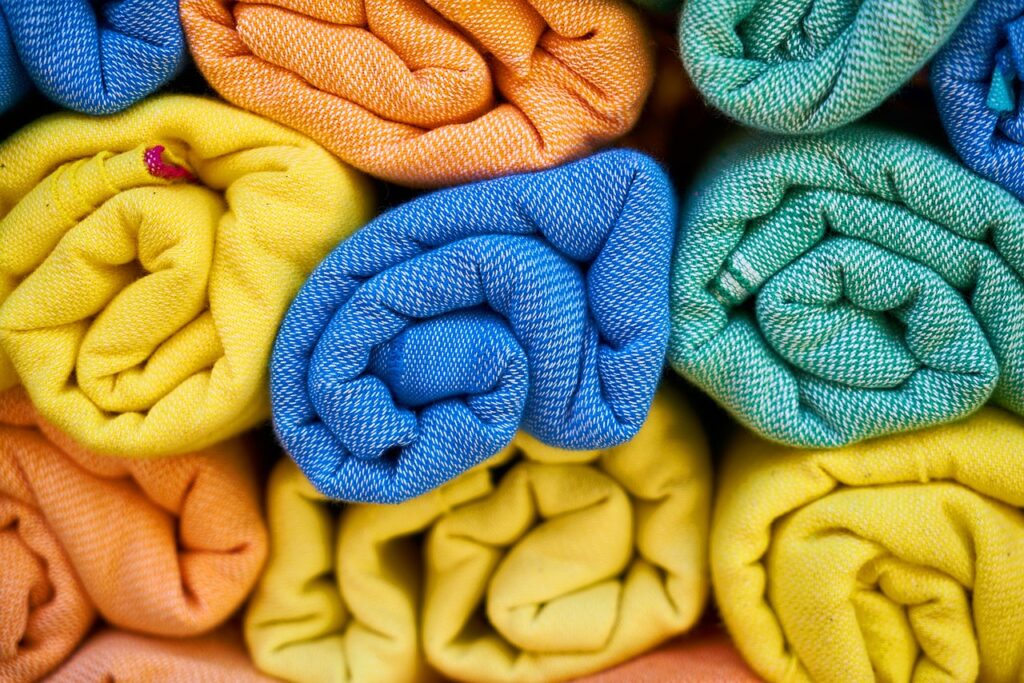There is Still No “Artificial Fiber” with the Same Functions as Cotton
Cotton is an excellent fiber that has been used since ancient times. Although synthetic fibers have also made significant progress, fibers similar in characteristics to cotton have not yet been created. Cotton production, which is a primary industry, faces uncertainties in meeting future demand due to labor shortages and the need to reduce environmental impact.
Therefore, research is progressing on artificial fibers based on “cellulose,” the same material as cotton. Multi-layered artificial fibers mimicking the structure of cotton have been developed, but the process is complex, making mass production difficult, and their functionality is inferior to that of cotton.
On the other hand, the cellulose-derived artificial fiber created using the method reported this time has properties close to those of cotton and is a promising study for future social implementation due to its simpler manufacturing method compared to previous methods.
Reference: Cotton-quality fibers from complexation between anionic and cationic cellulose nanoparticles
Creating Fibers to Replace Cotton from Wood
Cotton is composed of cellulose. Cellulose is a primary component of plants, but the structure of cotton is distinctive, showing superior properties due to its multi-layered structure. For example, cotton is breathable while also having good water affinity, and it can absorb 24-27 times its weight in water. If this cellulose structure can be mimicked, it would be possible to create fibers similar to cotton using cellulose derived from wood.
The difficulty in reproducing the properties of cotton with artificial fibers lies in the need to reproduce the multilayered structure of cellulose. In previous research, various types of chemically treated cellulose were created, and fibers were made by binding cellulose together through interactions. Although fibers with properties similar to cotton could be created, they had inferior characteristics, and the harmfulness of the chemicals used in the process was also a hurdle.
The new cellulose-based artificial fiber was created using electrostatic bonding. Separately prepared cellulose with positive and negative charges was mixed and extruded to form thread-like cellulose artificial fibers. Charging cellulose is relatively easy, making this a very simple formation method.

What are the Characteristics of the Created Fiber?
Although the new cellulose-based artificial fiber was easier to produce than previous methods, it would not be practical if its characteristics were lacking. Various tests were conducted to investigate the characteristics of the created cellulose-based artificial fiber.
As a result, this new cellulose-based artificial fiber showed superior properties compared to previous cellulose-based artificial fibers. For example, it demonstrated significantly higher tensile strength, with values an order of magnitude higher than commonly used synthetic fibers such as nylon, rayon, polyethylene, and cellulose acetate. It is said to have similar performance when compared to the latest fibers, such as Ioncell® fibers. The fiber also has high strength in a wet state, making it strong even when wet.
Artificial Fiber Replacing Cotton May Become More Common in Clothing and Daily Items
Cellulose fibers derived from wood are getting closer to “cotton.” The demand for natural cotton is expected to continue growing, not only for clothing but also for industrial products such as yarns, ropes, and composite fibers. If fibers resembling cotton can be created from wood, as in the research conducted this time, it will be possible to meet the increasing demand.
Furthermore, as a new method has been devised in this research, there may still be room for improvement in the creation and processing methods. In some cases, it might be possible to develop new fibers that retain the characteristics of cotton while adding other properties.
With research like this progressing, a “fiber revolution” may occur in the near future, affecting the items we wear and use. It’s something to look forward to!




コメント